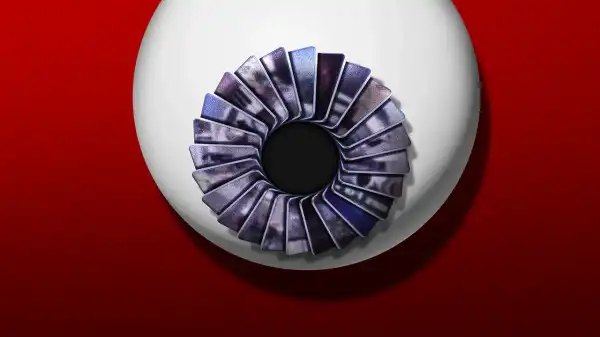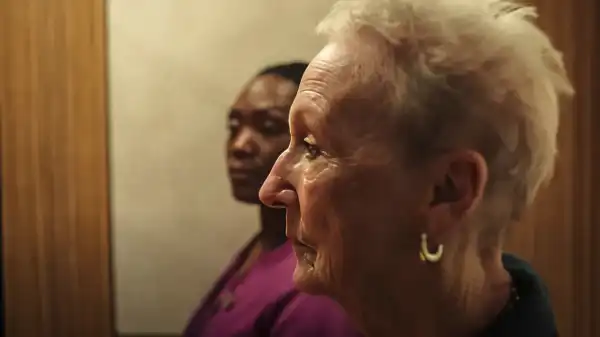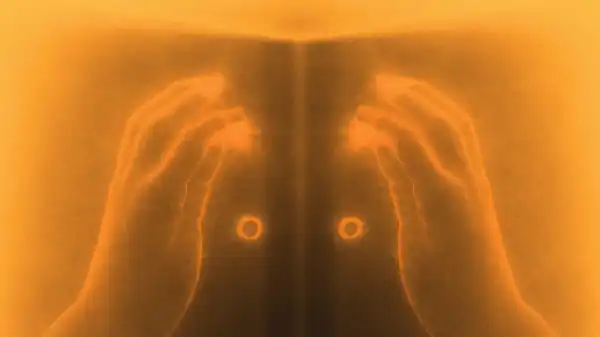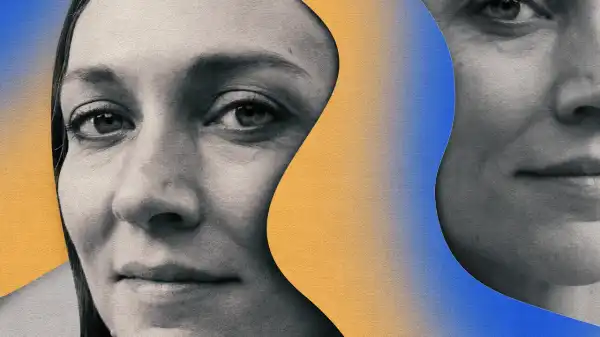
Save this storySave this storySave this storySave this story
You open your favorite online short video platform and see:
A woman dances in pointe shoes in front of Tower Bridge in London, with superimposed text: “Point of View: Dance is your joy.”
Man shaking while exercising in gym with text “Point of View: Doing Bulgarian Split Squats”.
A man with a moustache fills a jug; “Point of view: You are the support of the family.”
A grey seal sniffs loudly through water-filled nostrils; 'Point of view: I'm trying to breathe despite all the pollen in the air'
Here you notice the problem – the seeming confusion over the ‘point of view’ in question, who or what is observing. The ‘POV’ description implies that these are first-person shots, where the camera’s point of view replaces the subject’s perception. However, this description does not match the footage presented. Is the moustachioed man ‘the pillar of the family’ or, as the low-angle shot from the corner of the kitchen sink suggests, is it his washing-up sponge? The camera’s intense gaze on the dancing woman or the working-out man belies the assumption that it is the dancer or the working-out person – although we might think that the person enjoying these activities is sitting and watching others do them, whether in London, at the gym or in the comfort of their phones. But you sense that this is not what these users – the creators – had in mind. The seal is the point of view of ‘me’, who is ‘trying to breathe’ only if I look in the mirror.
How has POV changed? Should we, as usual, blame today’s youth, who are said to have – and, admittedly, regularly demonstrated – a lack of media literacy? The “point of view” shot in cinema is an ancient device. When the camera plunges into Jaws, exploring among the tangled limbs, we take this formal choice as a signal of a change in perspective, of seeing the world through new eyes. (POV: You are a miracle of evolution. All you do is swim and eat.) And, to their creators’ credit, POV videos on social media sometimes follow convention, sometimes in silly or sociological ways. People put their phones in microwaves to show what “their food sees.” In one video I saw on Instagram, a makeup-free blonde sprints toward the camera, maintaining eye contact and addressing the viewer in the West Village, bewildering people who “just aren’t trying hard enough,” as opposed to “you, who had to work so hard for your dad to give you that down payment on an apartment.” We see through the eyes of the “finance bro,” and we are “on the best date of his life.” The point of view draws us in—commands us—with its openness, like the shots from Jaws. We are what we see. Horror fans are especially familiar with this effect—first-person shots have become a staple of the genre, influenced by the Italian giallo films of the sixties and seventies. Halloween, released in 1978, memorably begins with the killer’s creeping gaze, then cuts to a shot that reveals his true identity, a child named Michael Myers.
POV takes us on a journey, lulling us back to our laurels, as if the work of perception were already done. Nickel Boys, an adaptation of Colson Whitehead’s novel shot from the alternating perspectives of its two leads, got a brief rebuke at this year’s Oscars, but critics raved, and with good reason; still, I winced when I saw that the film was being treated as experimental, as if director Rahmel Ross and his cinematographer Jomo Frey had lifted the curtain on the black experience, allowing viewers to become passive witnesses to the way things are. (“Organic, gripping, necessary,” wrote one reviewer.) Such language is typically reserved for films featuring black leads, and reviews of Nickel Boys might have sounded the same old shame if not for the film’s interest, coming from its source material, in artificial apertures. What we see in the film’s first-person perspective is organized and constrained. The way Nickel Boys is experienced is decidedly not “organic,” given the laborious technique; the film goes so far as to abandon any pretense that a direct view is possible—to prove otherwise, there’s historical memory, newsprint, and clips from The Defiant Ones, starring Tony Curtis and Sidney Poitier, with its own ideas about race and escape. My colleague Doreen St. Felix was right to note the “non-cooperativeness” of the film’s field of view. Ross’s “first-person world,” she wrote, is constructed through “close-ups, fades, visual ellipses,” also known as elements of film technique that “
Sourse: newyorker.com






